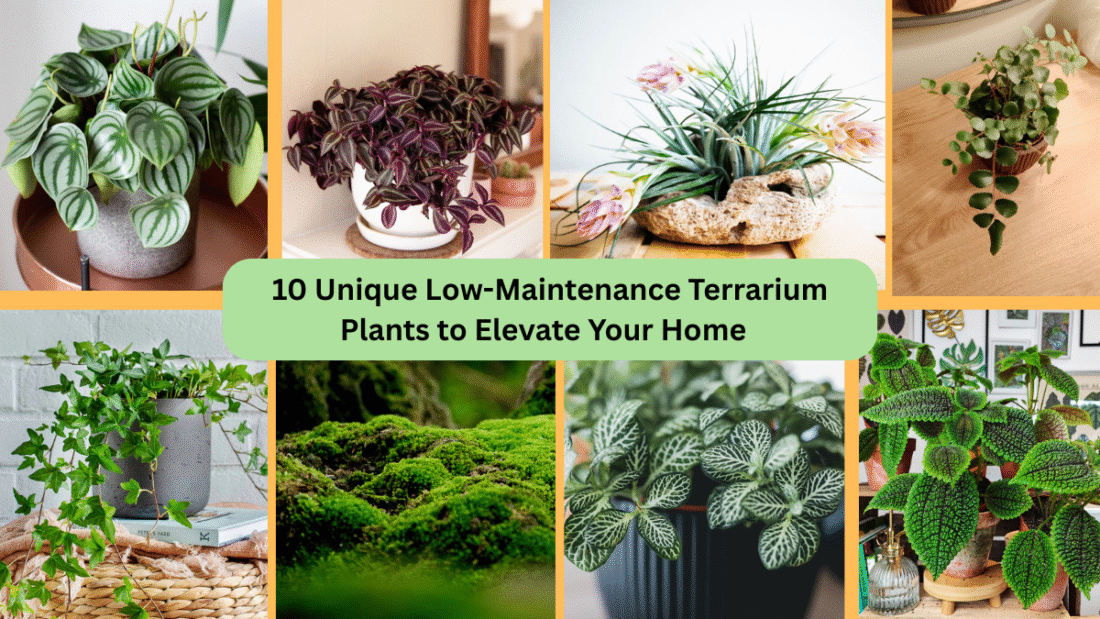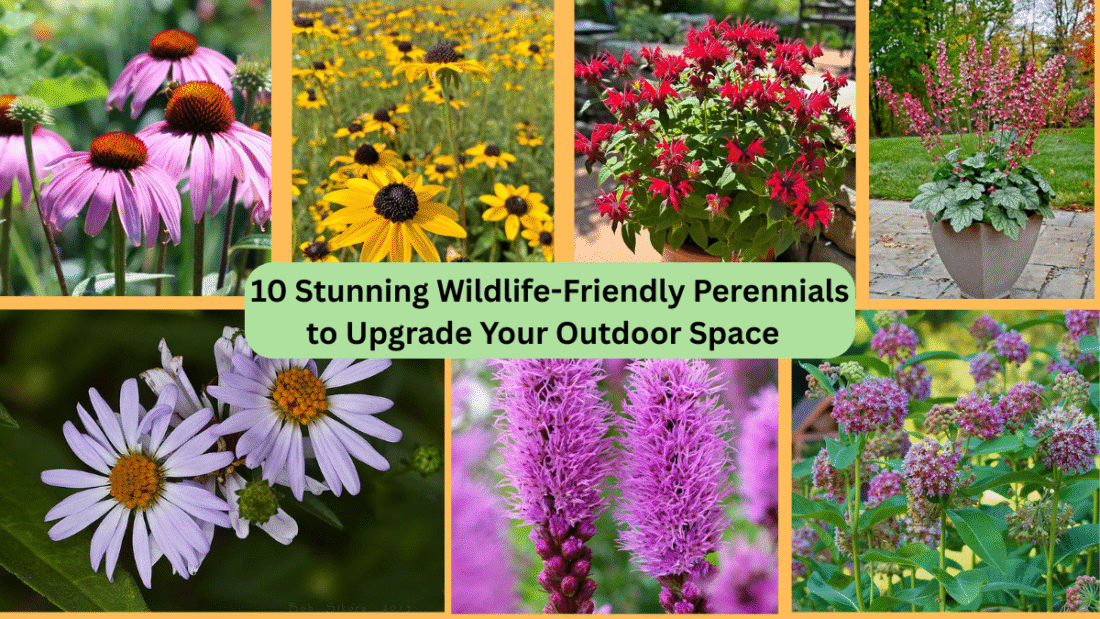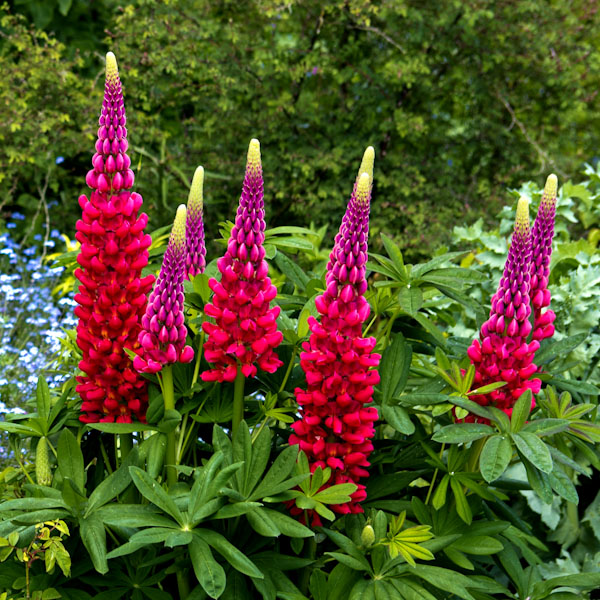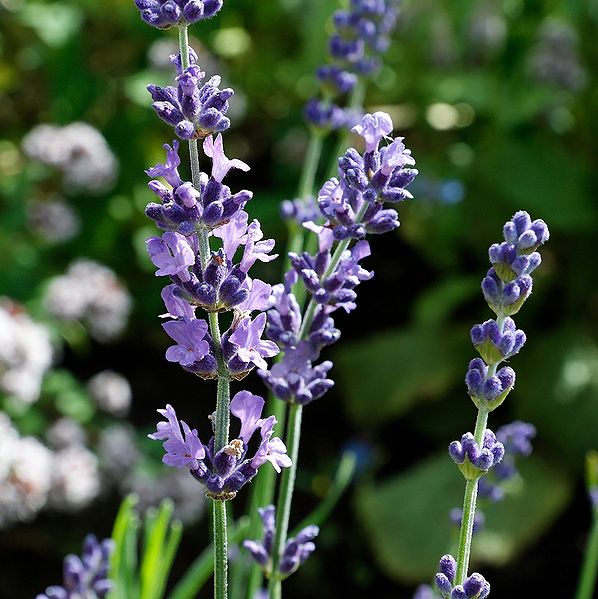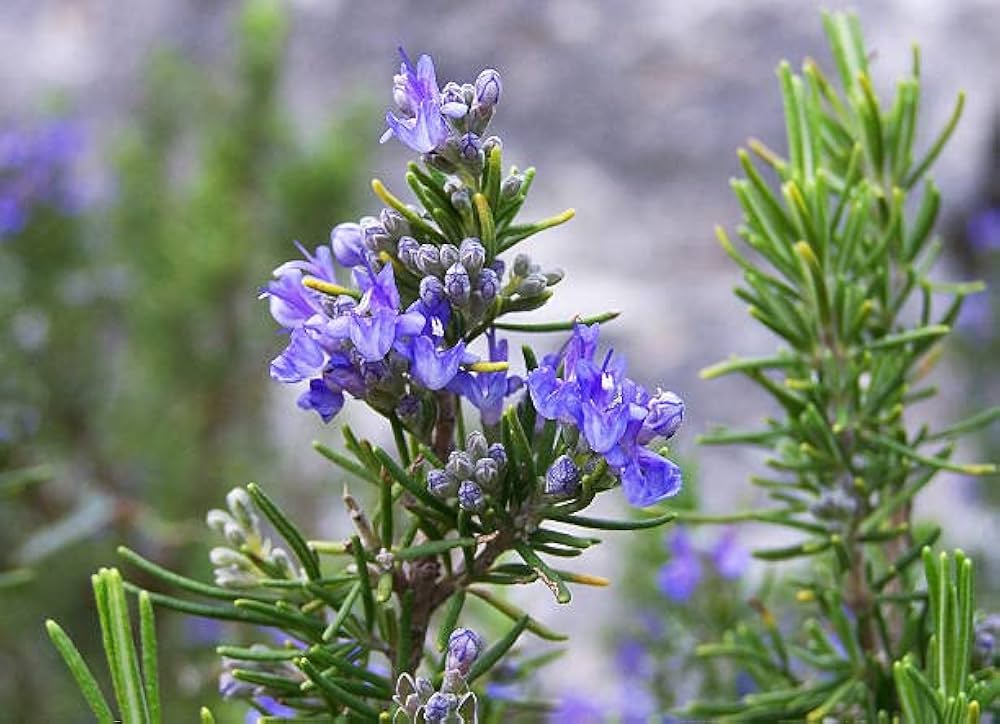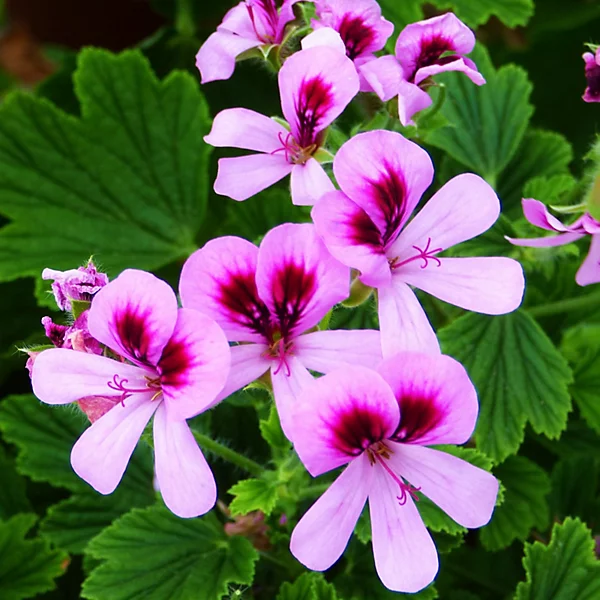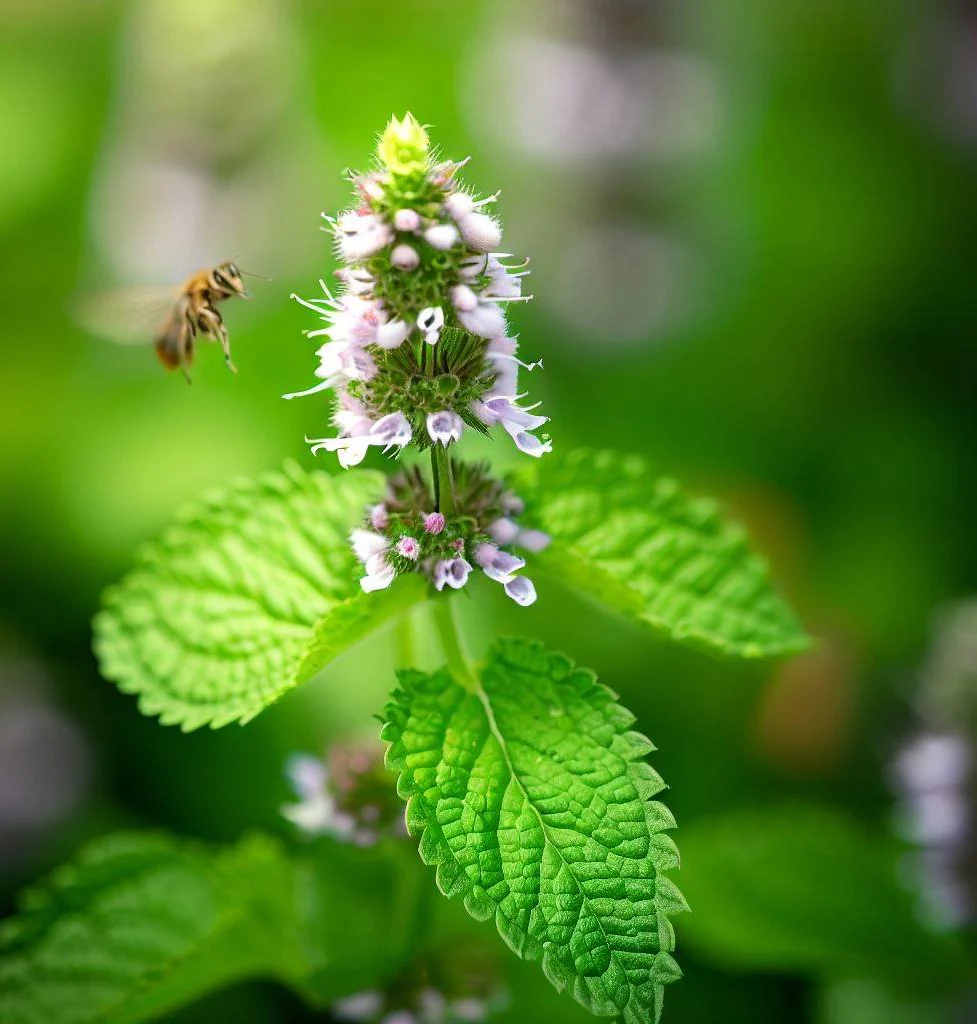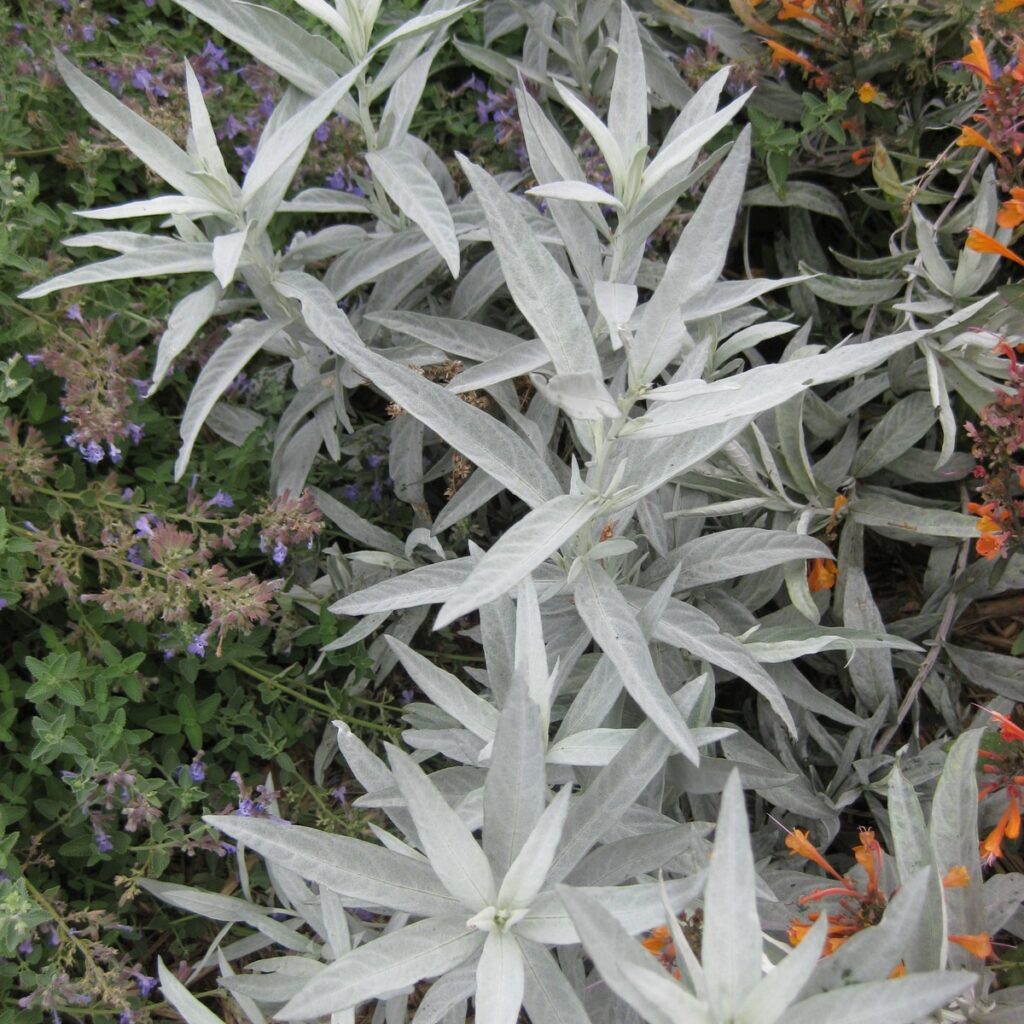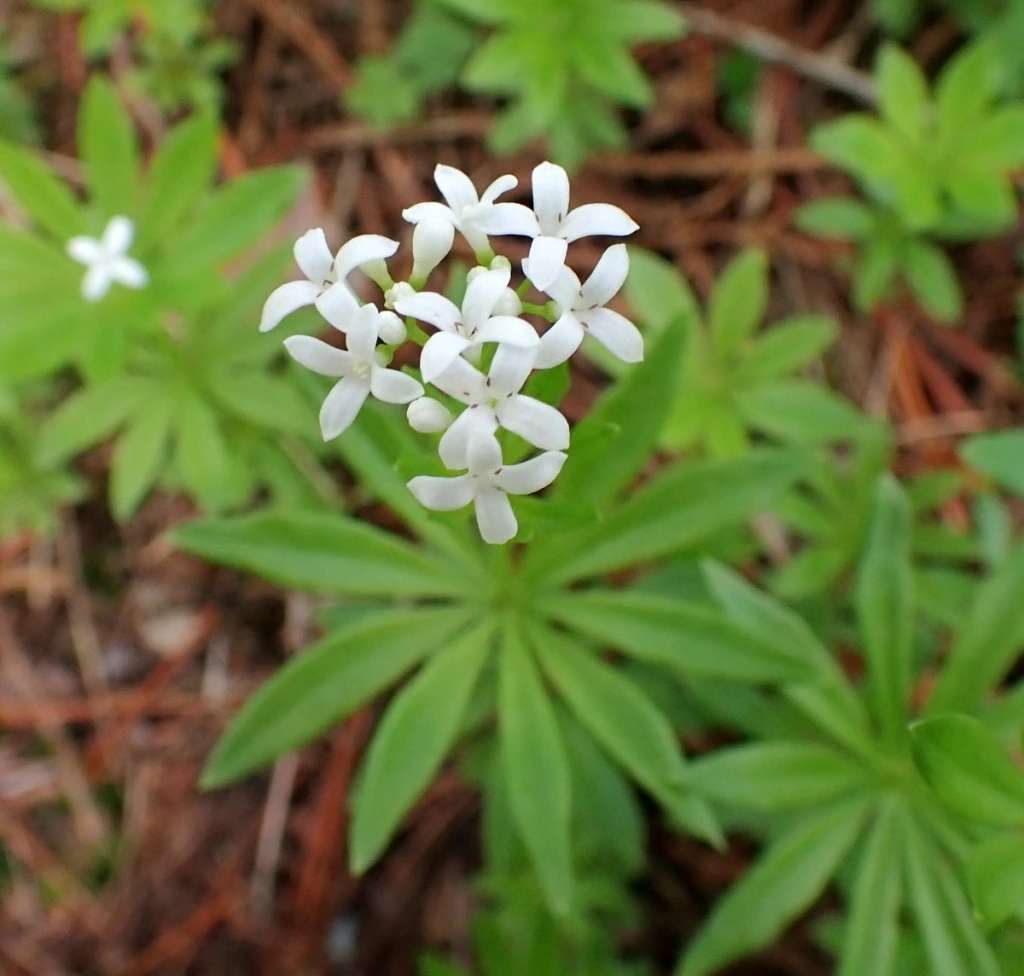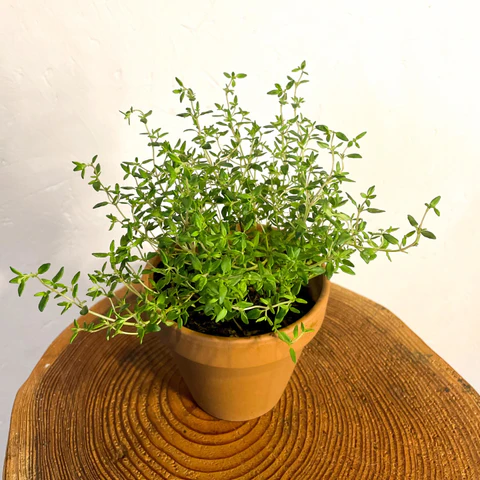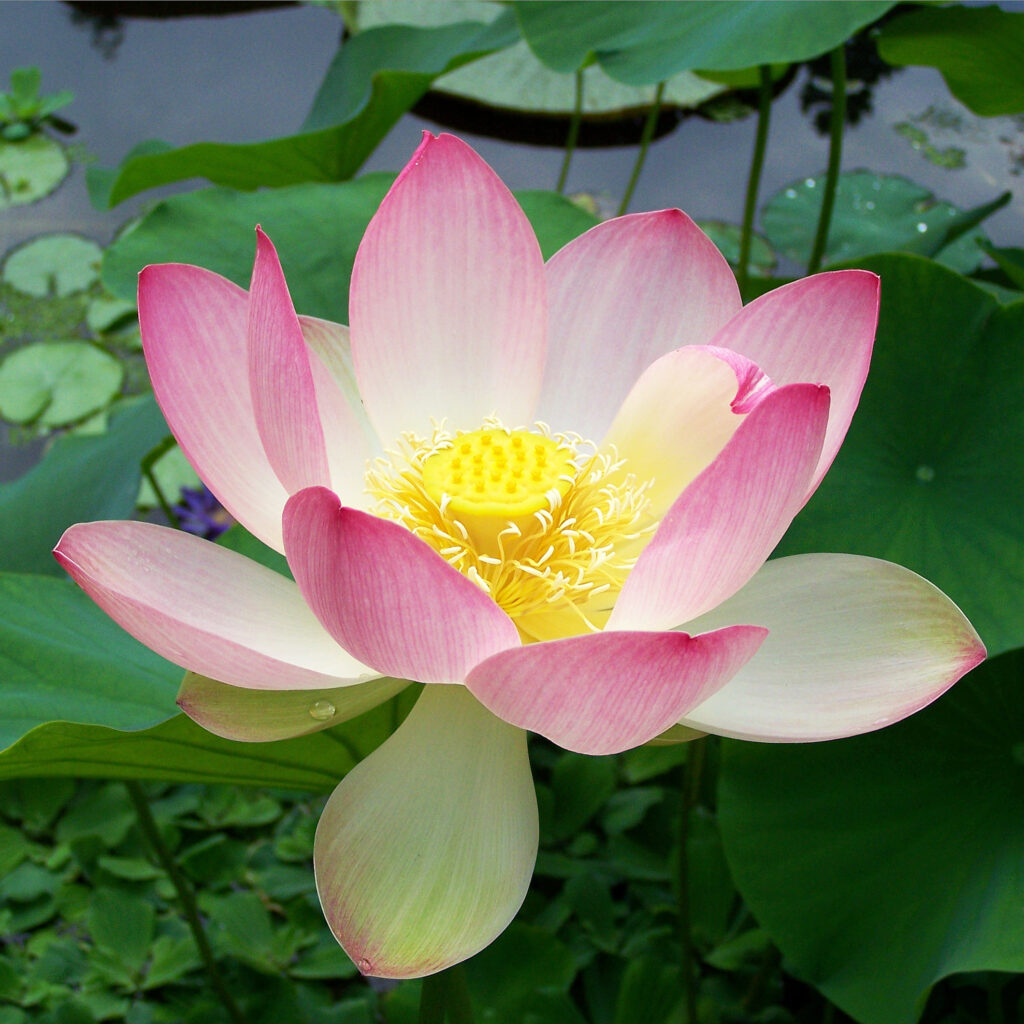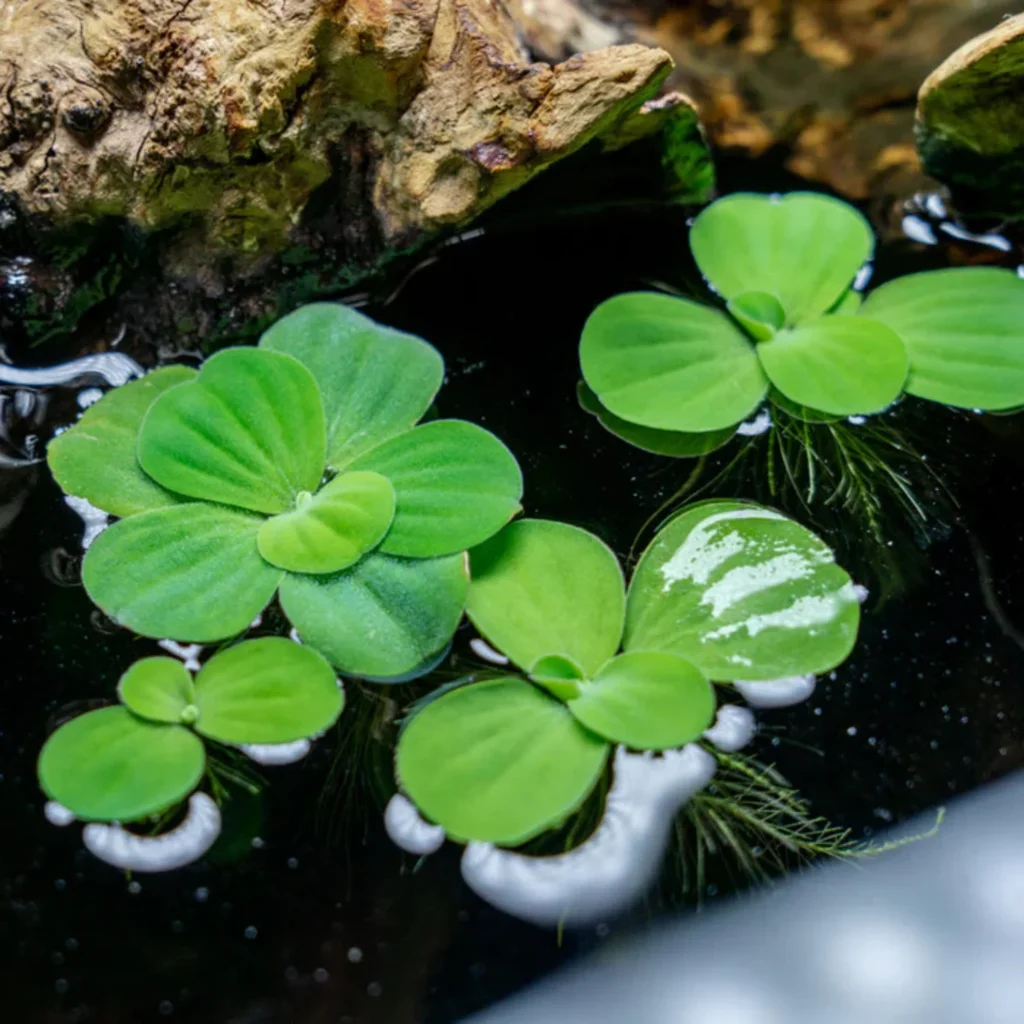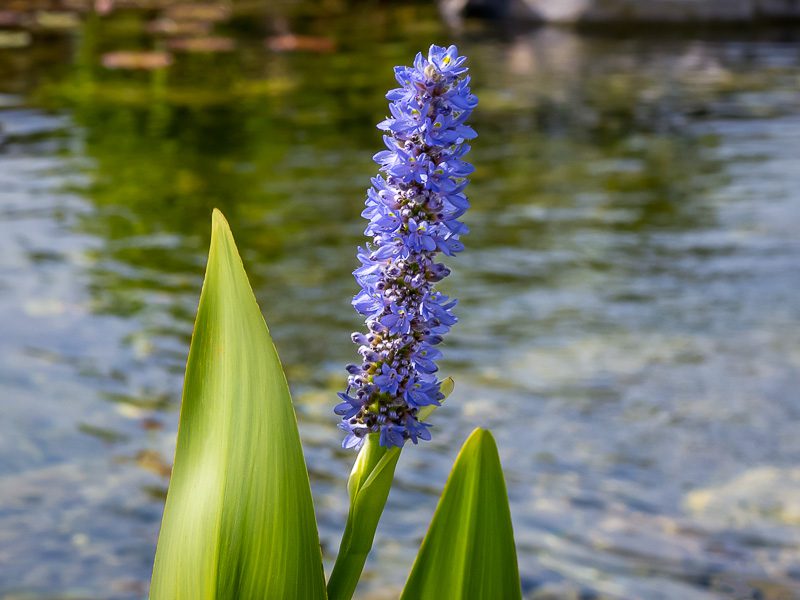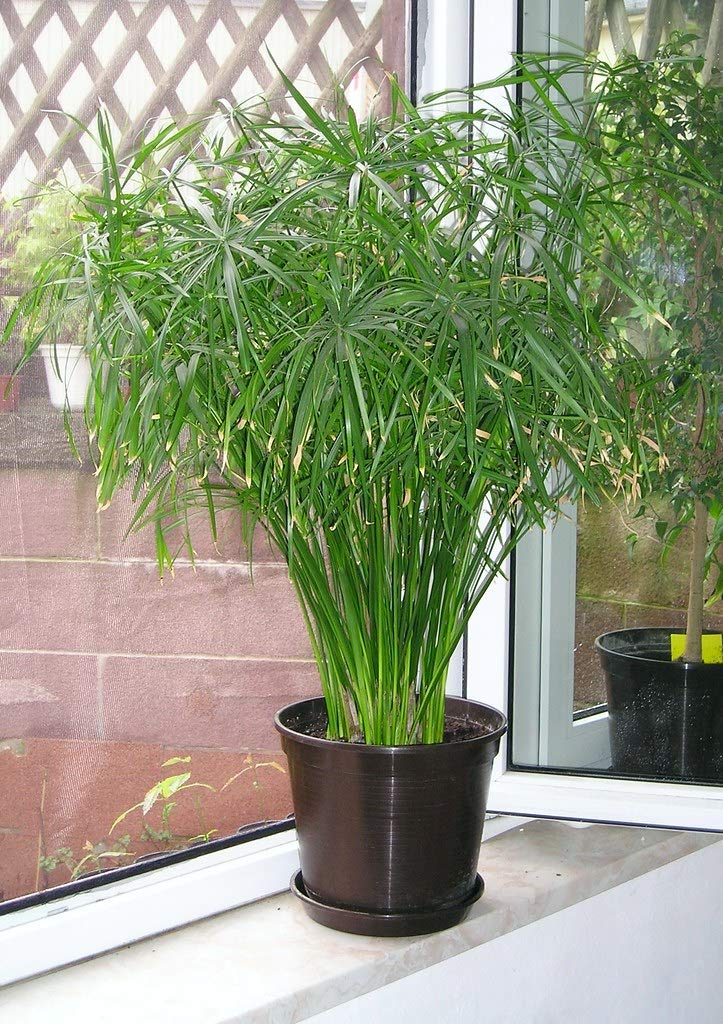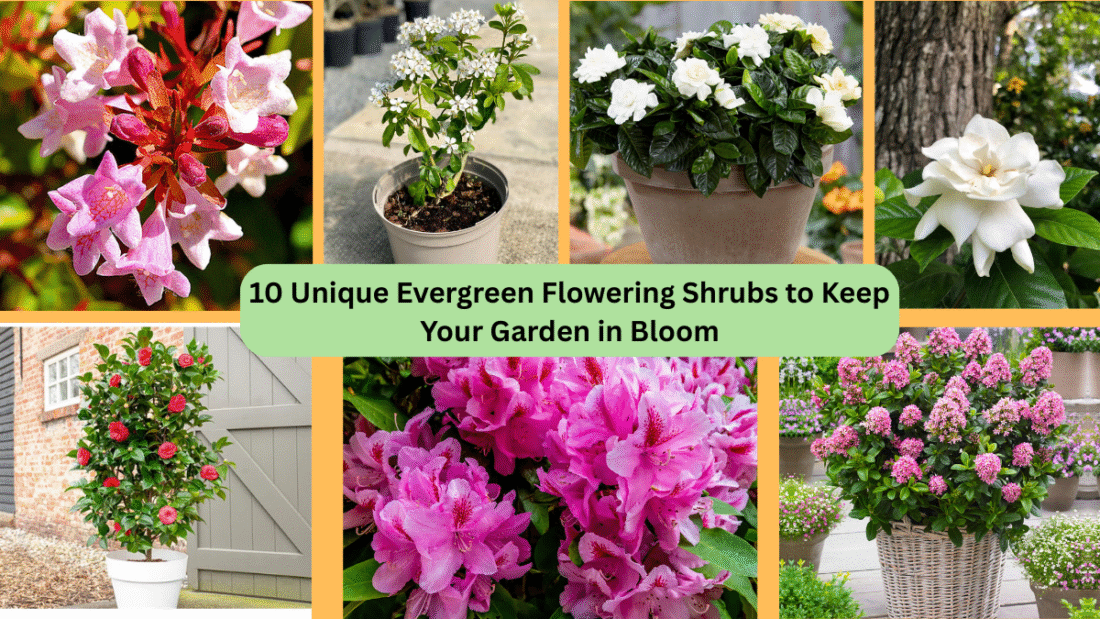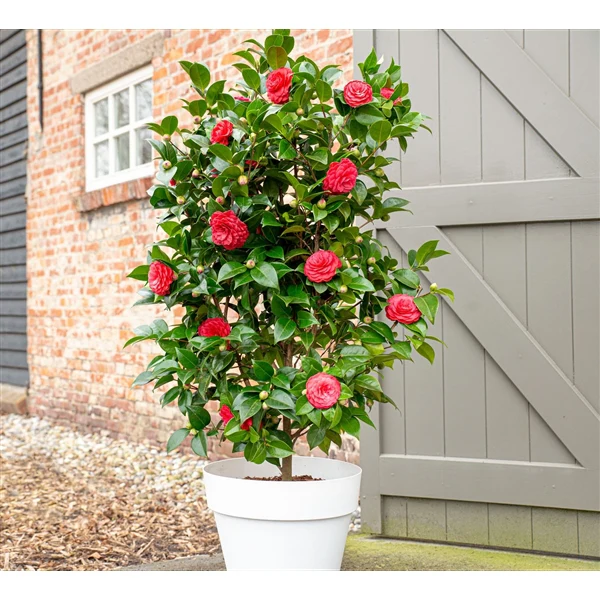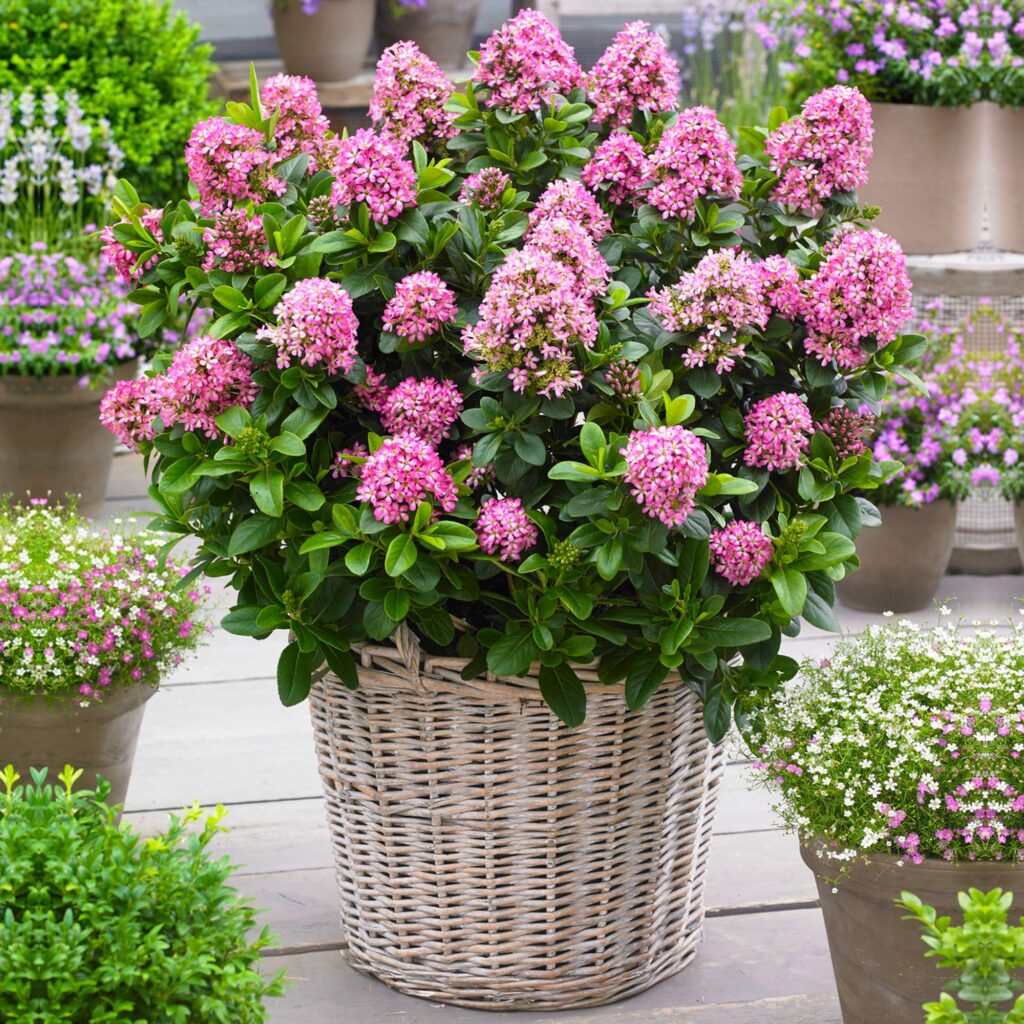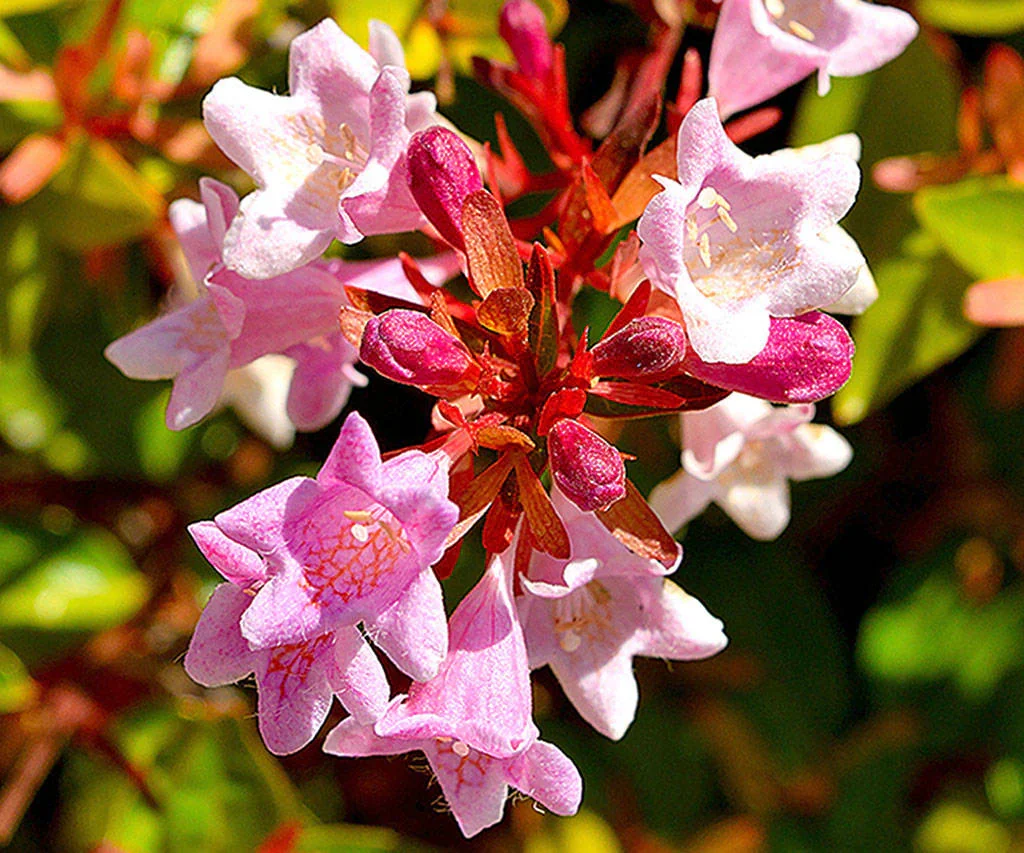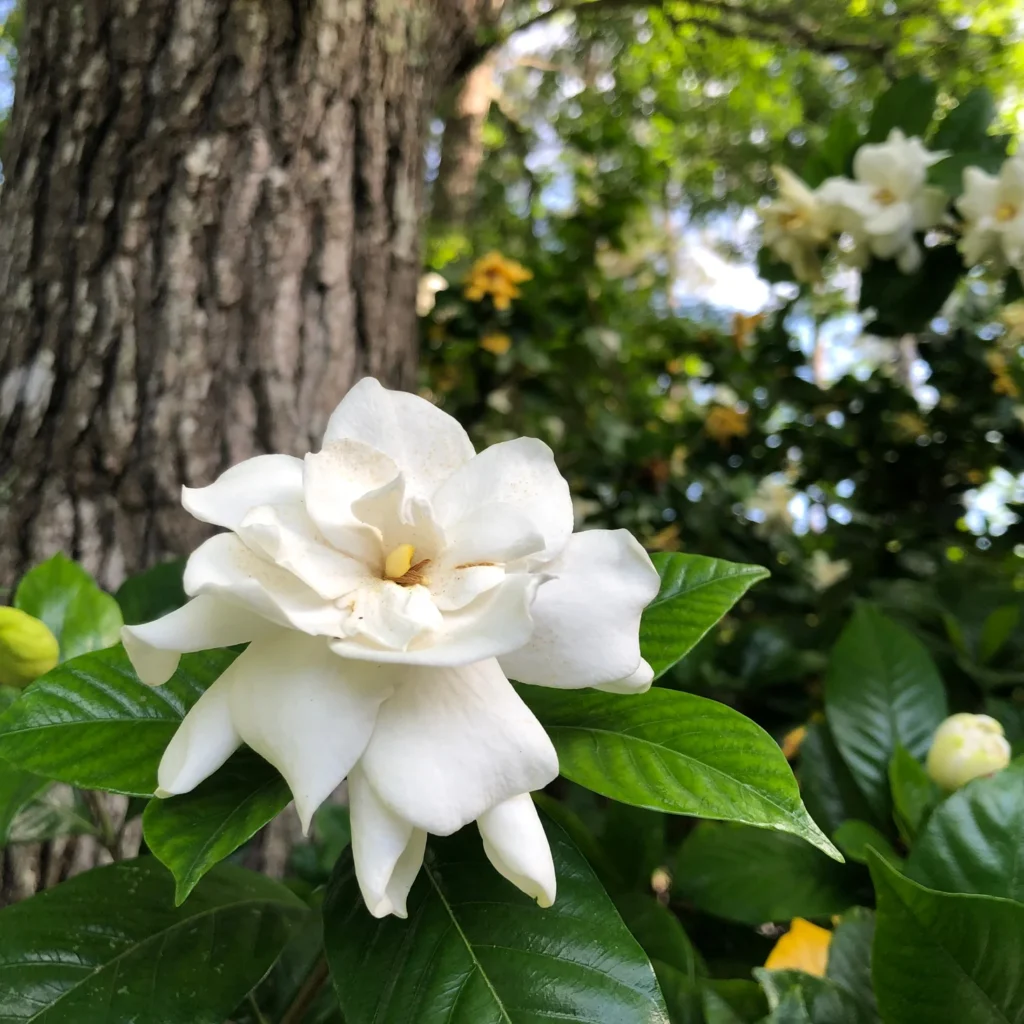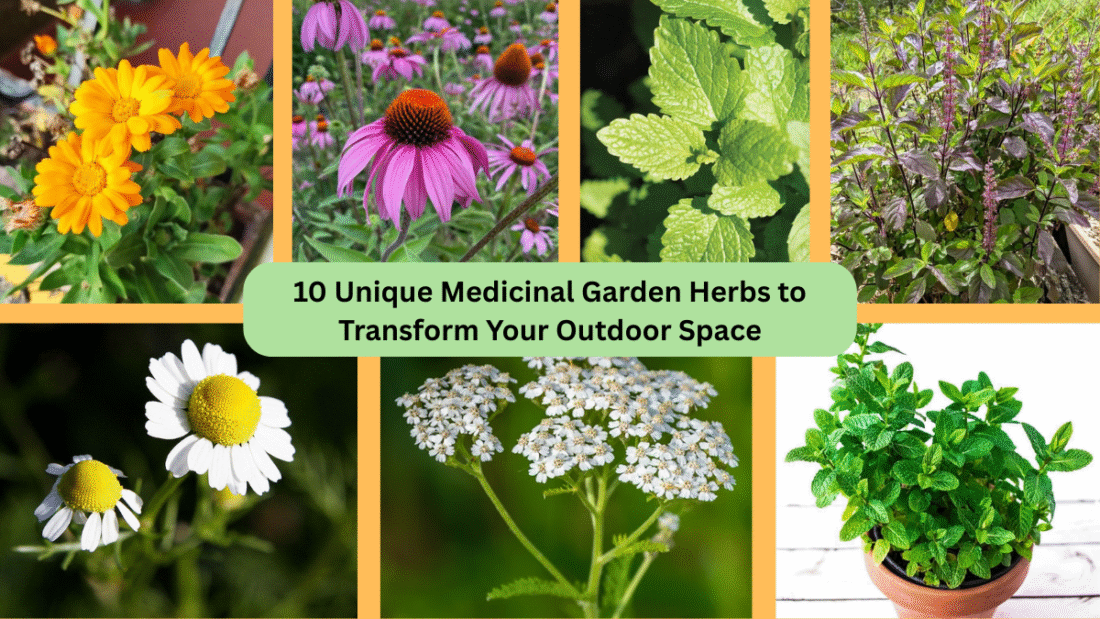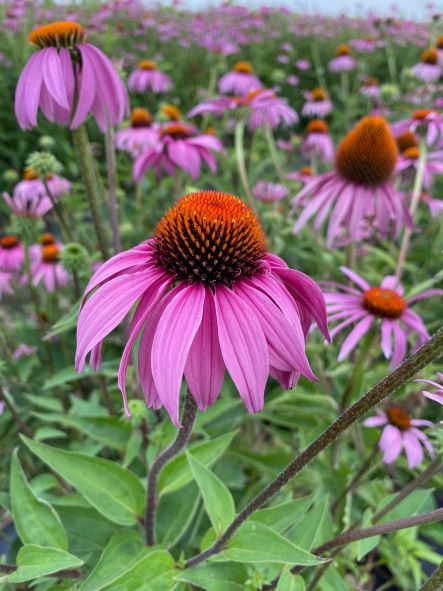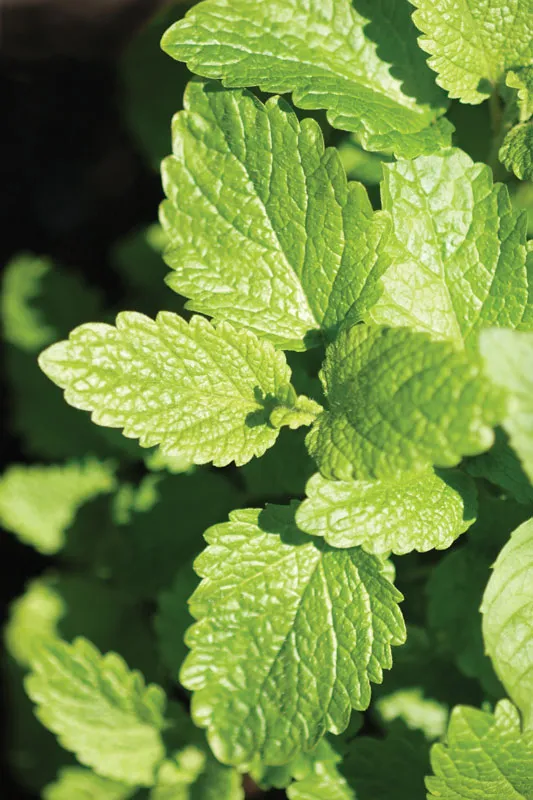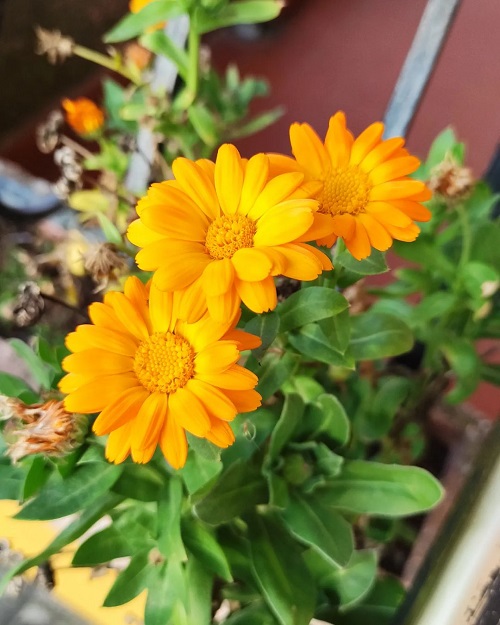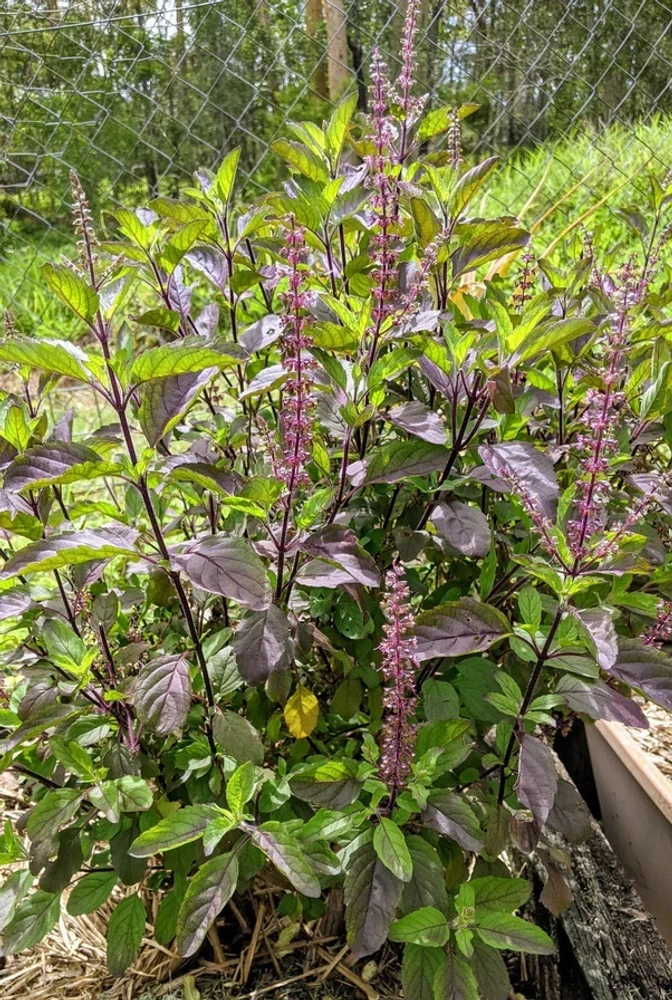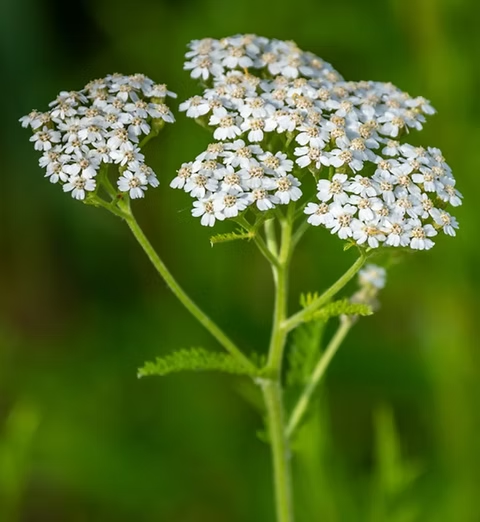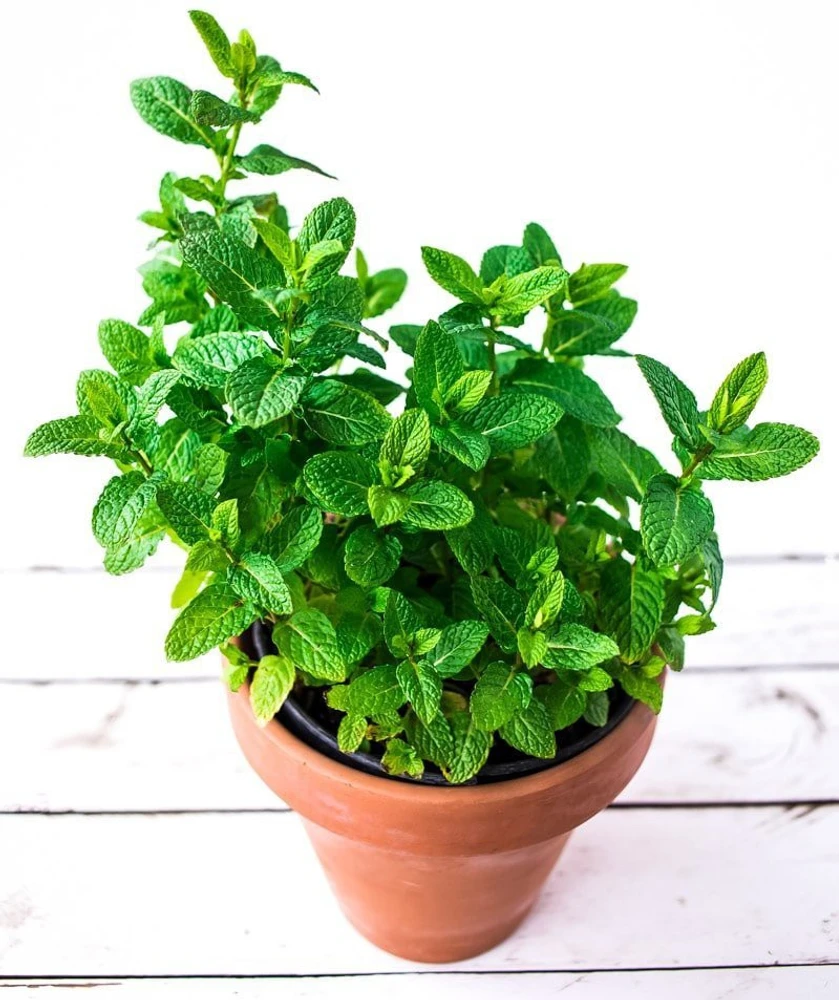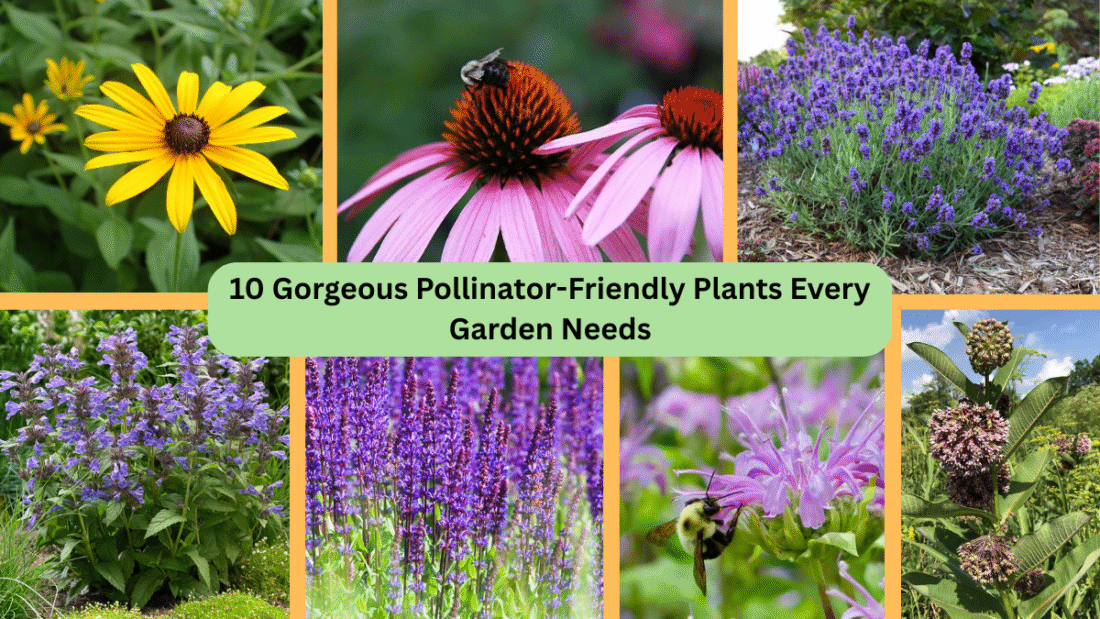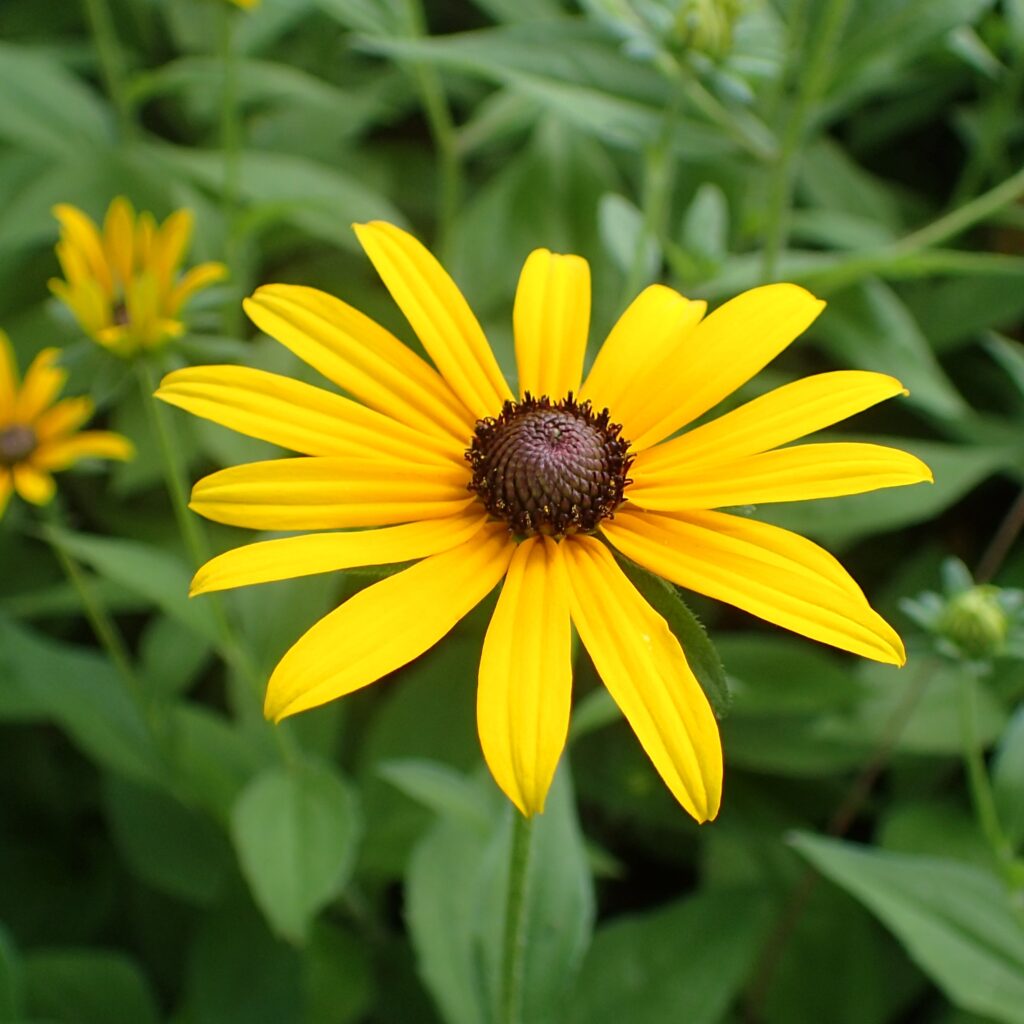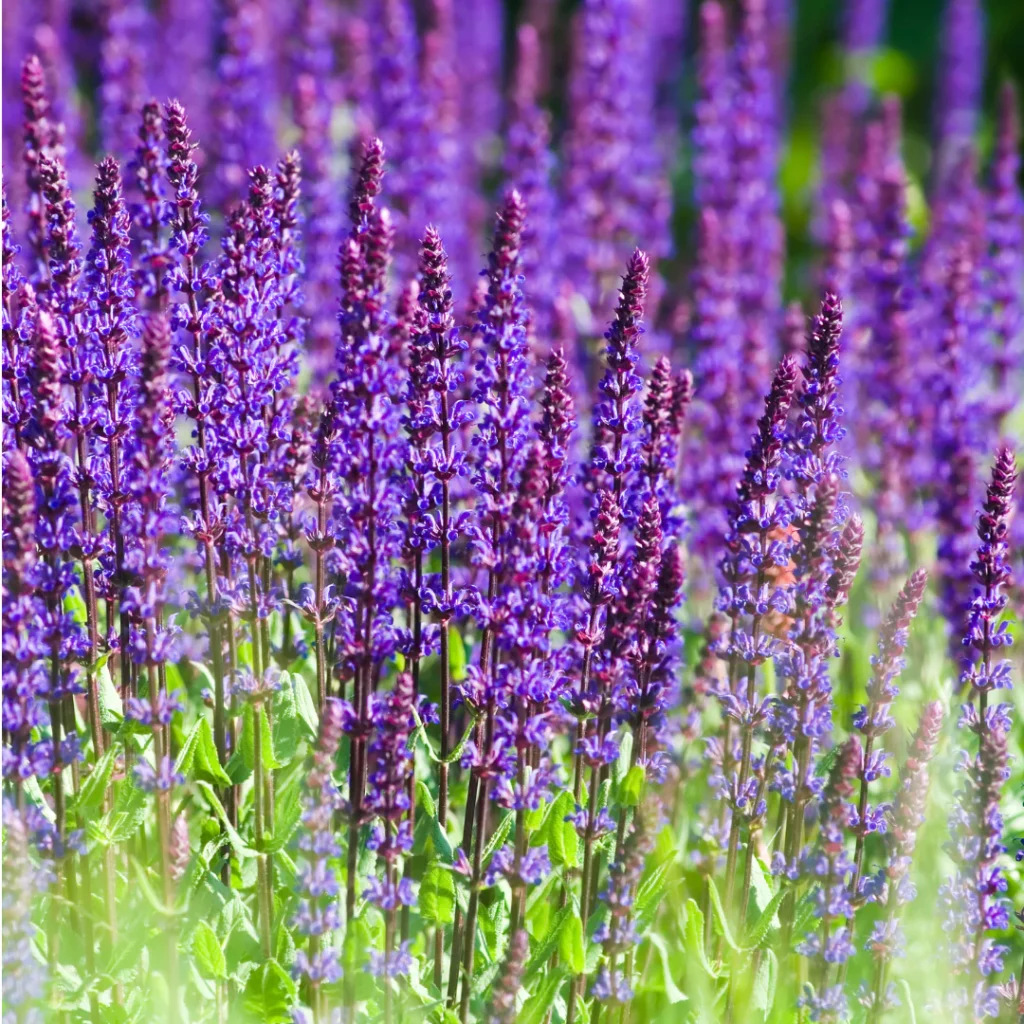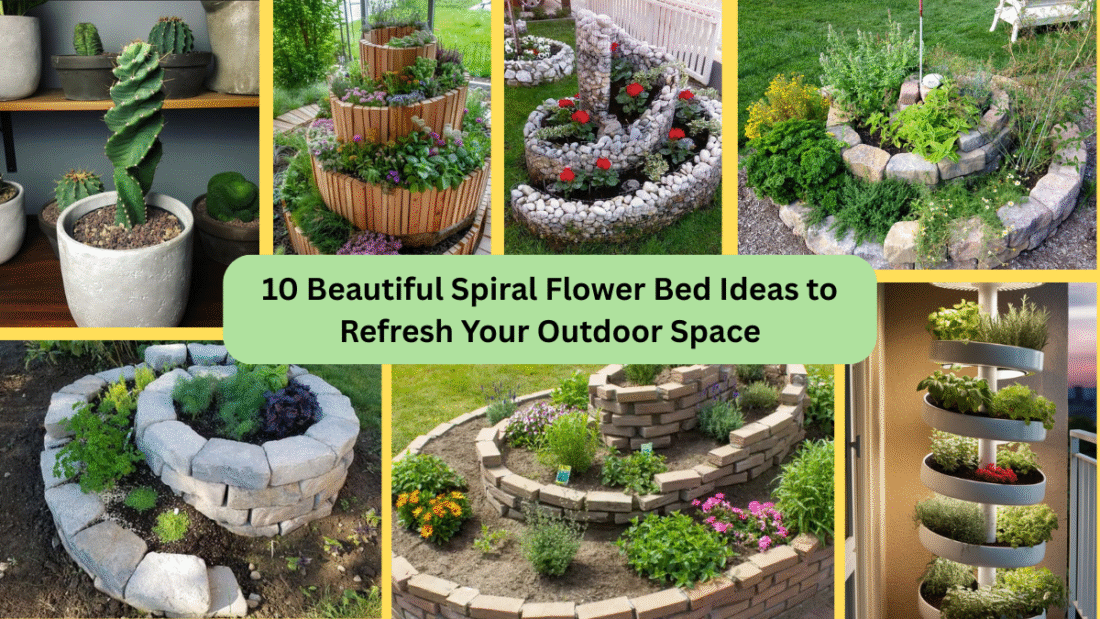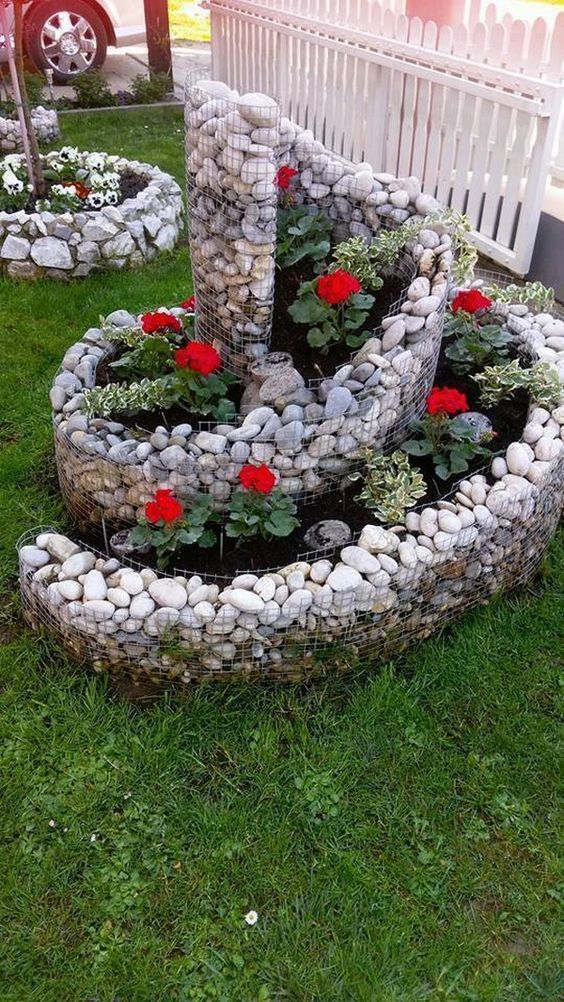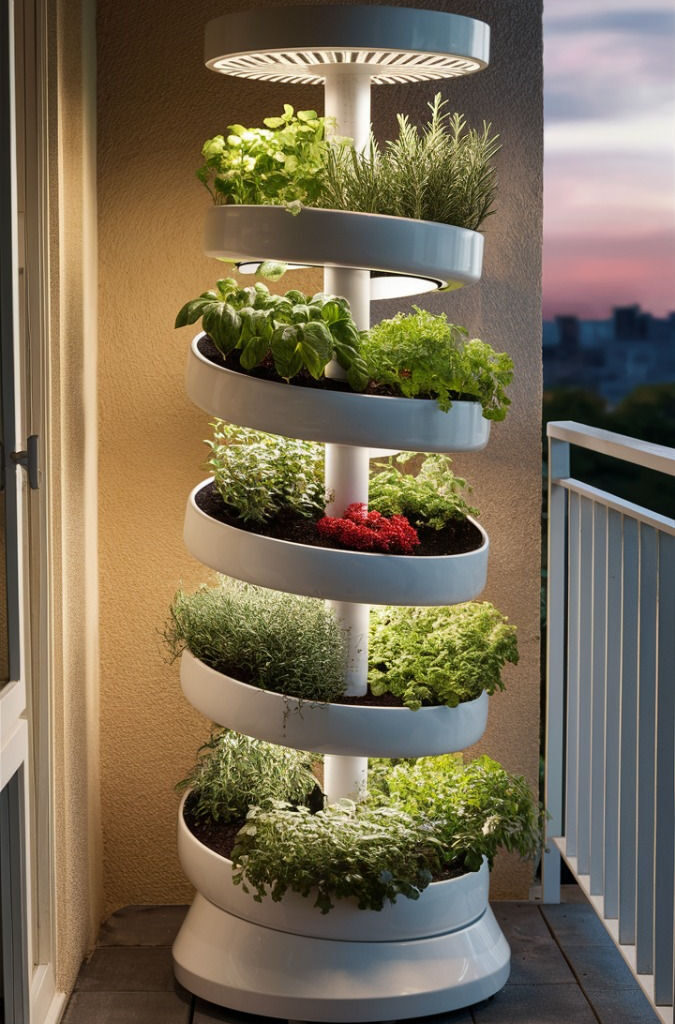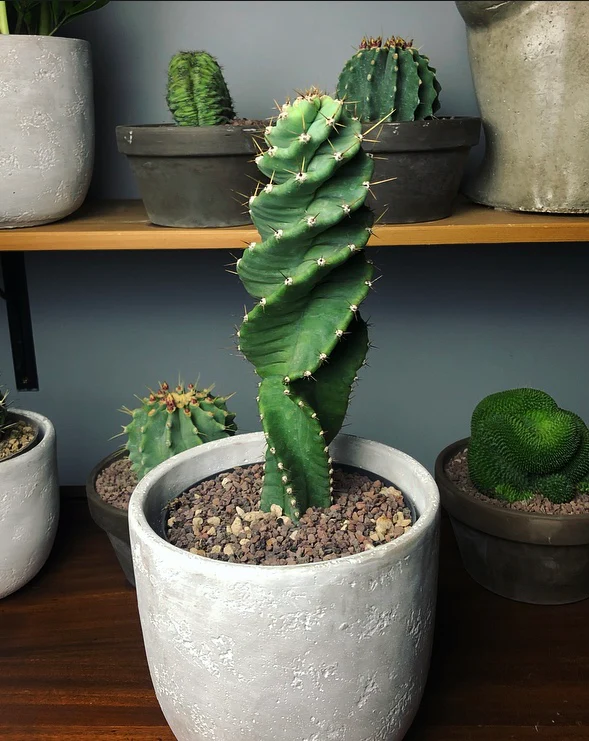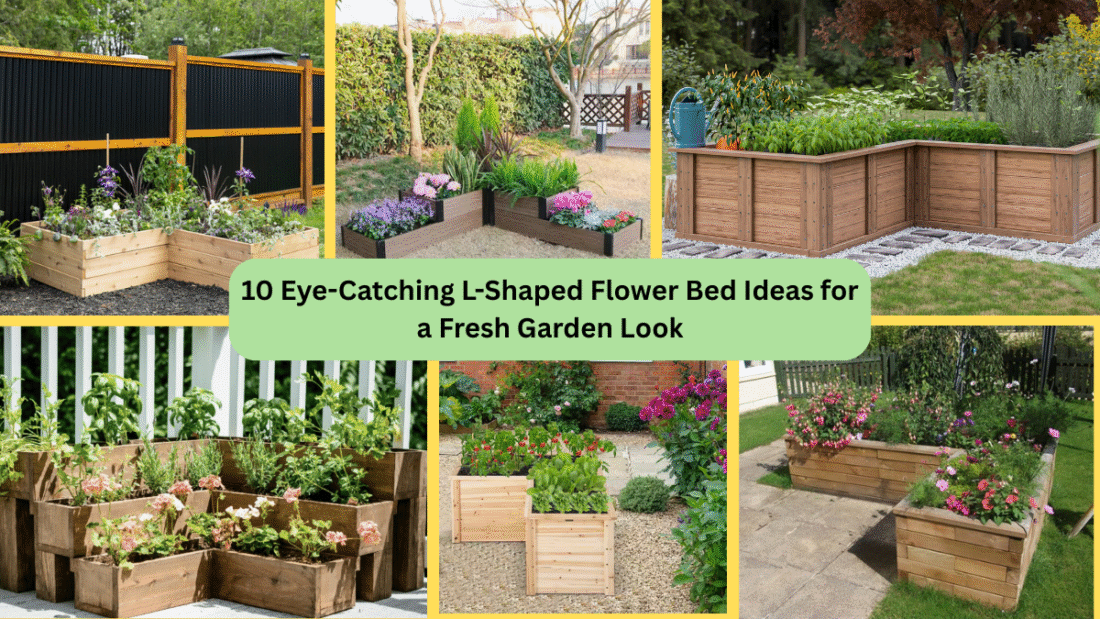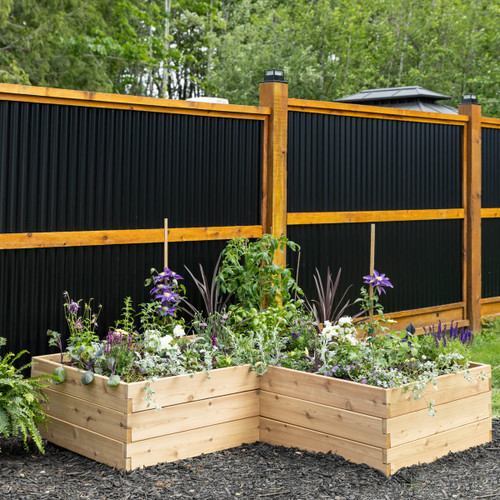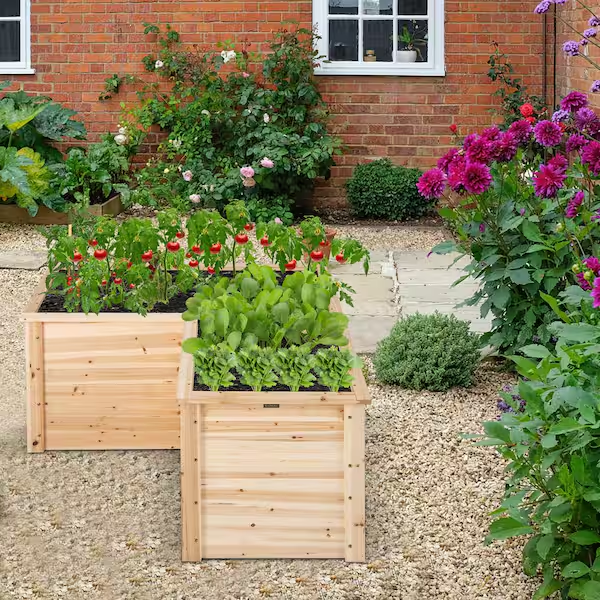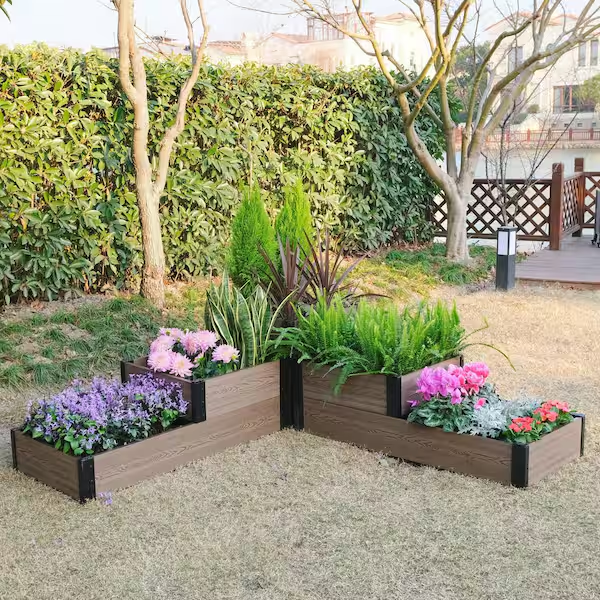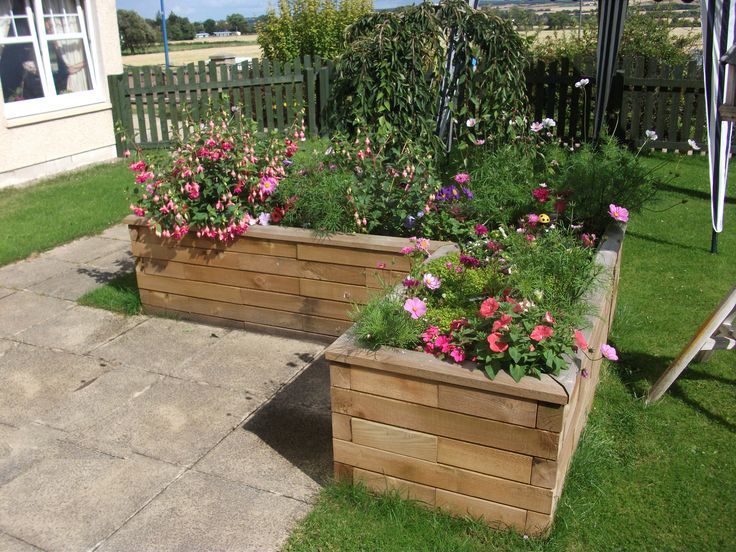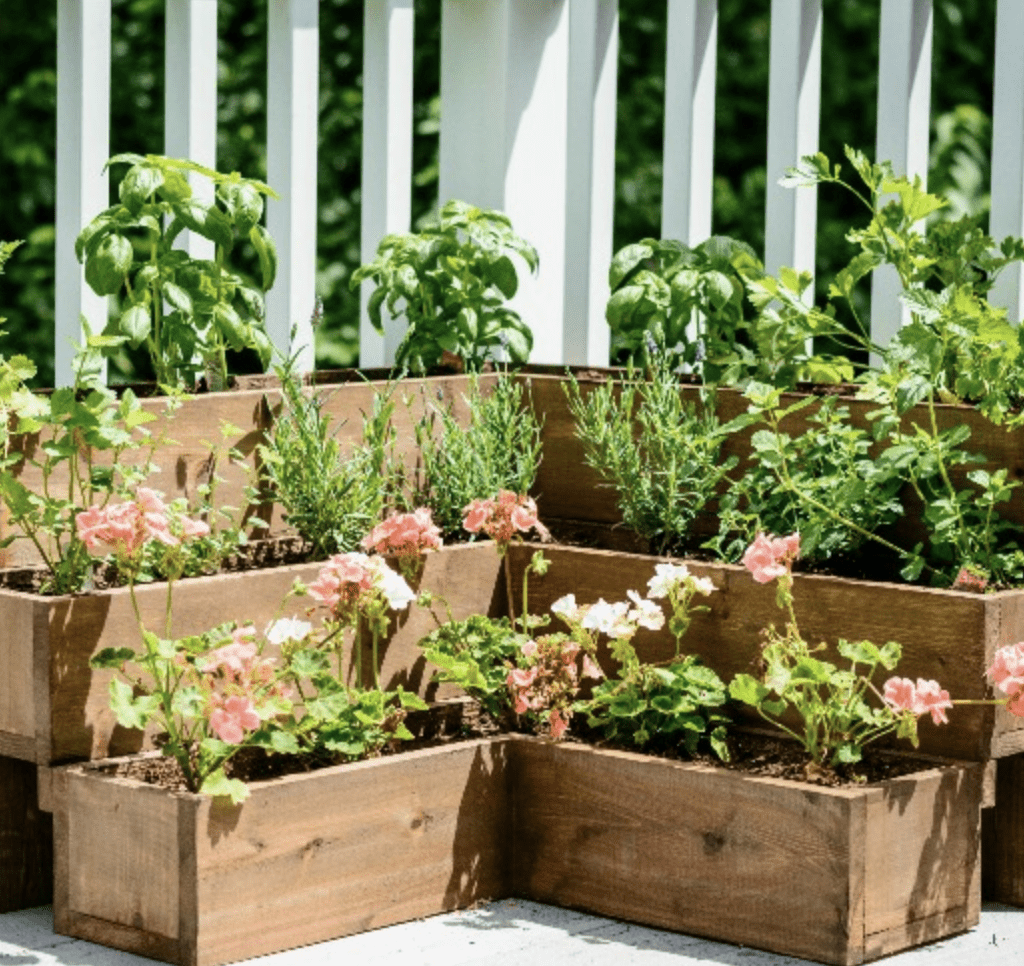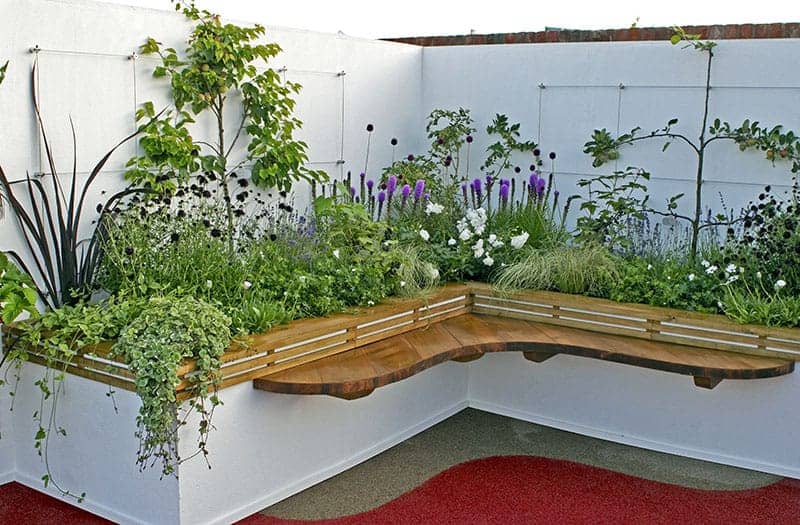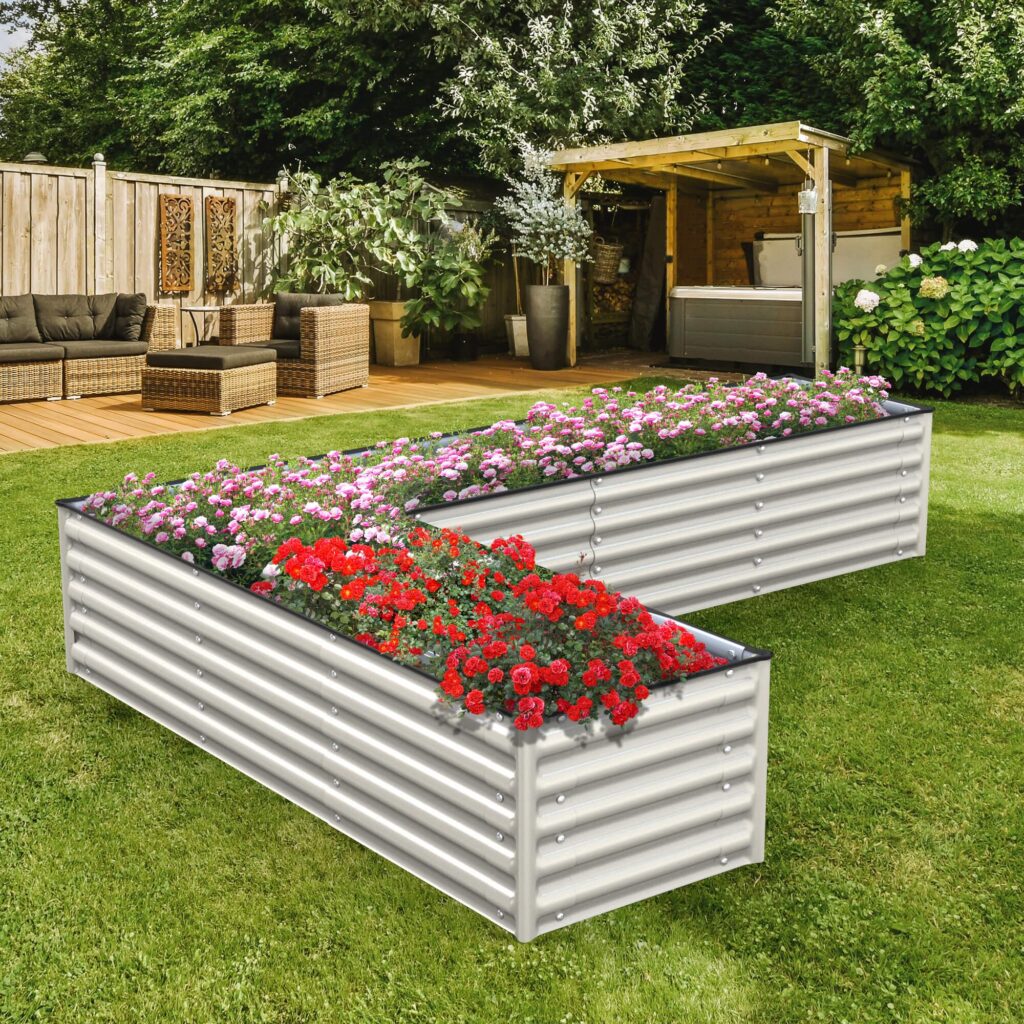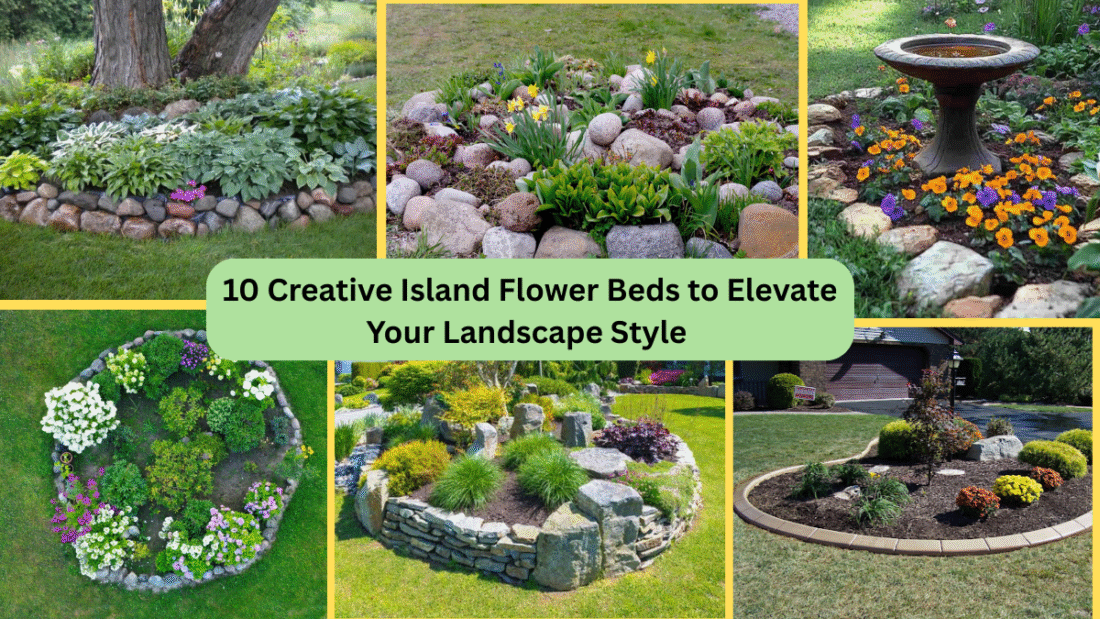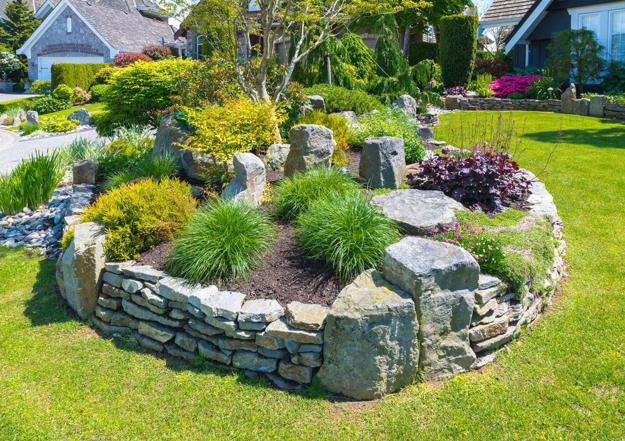Terrariums are a stylish, fuss-free way to bring nature indoors. These self-contained glass gardens offer a low-maintenance, space-saving way to add greenery to your home while creating captivating miniature ecosystems. The secret to a thriving terrarium lies in choosing the right plants ones that love humidity, require little care, and look stunning in compact spaces. If you’re ready to upgrade your home décor with living art, here are ten unique, low-maintenance plants perfect for your next terrarium project.
1. Nerve Plant (Fittonia)

Fittonia, commonly known as the Nerve Plant, is cherished for its eye-catching foliage. Its small, oval leaves are intricately veined in striking shades of white, pink, or red, creating a vibrant splash of color in any terrarium. Thriving in the high humidity and indirect light of closed terrariums, this plant prefers slightly moist soil but tolerates occasional neglect. Its compact size makes it ideal for small glass containers, while its lush, colorful appearance elevates any indoor plant arrangement.
2. Air Plant (Tillandsia)

Air Plants are a terrarium favorite thanks to their unique ability to grow without soil. These epiphytes absorb moisture and nutrients through their leaves, making them one of the easiest plants to care for. Available in a variety of shapes and sizes, Tillandsias require only bright, indirect light and an occasional misting or soak. Their sculptural, alien-like appearance makes them a perfect choice for modern terrariums, and their adaptability means they can be mounted on rocks, driftwood, or suspended in glass globes.
3. Peperomia

Peperomia species are known for their diverse, ornamental foliage and compact, low-maintenance nature. With leaves ranging from heart-shaped to rippled and colors spanning deep green, silvery gray, and even red-tinted varieties, Peperomia adds texture and interest to terrariums. These plants thrive in humid, shaded environments, making them an excellent fit for closed terrariums. They prefer well-draining soil and infrequent watering, as they store moisture in their fleshy leaves, making them incredibly forgiving and easy to care for.
4. Button Fern (Pellaea rotundifolia)

The Button Fern is a charming, small fern species known for its delicate, rounded leaflets on slender, arching fronds. Unlike some finicky ferns, it’s relatively low-maintenance and thrives in the consistent humidity of a terrarium. Preferring indirect light and evenly moist soil, the Button Fern brings graceful greenery and soft texture to glass gardens. Its compact size and tidy growth habit make it ideal for small terrarium containers, offering a lush, woodland vibe to your indoor décor.
5. Spiderwort (Tradescantia)

Tradescantia, often called Spiderwort or Inch Plant, is a fast-growing, trailing plant with beautifully striped or purple-toned leaves. It thrives in humid, low-light conditions, making it a great candidate for terrariums. Its cascading growth habit adds a dynamic, layered look to your container garden, while its resilience and easy-care nature mean it requires little attention. Occasional trimming helps maintain its shape, and a light misting keeps its foliage looking fresh and vibrant in a glass-enclosed space.
6. Miniature English Ivy (Hedera helix ‘Mini’)

Miniature English Ivy brings classic, trailing greenery to terrariums with its petite, lobed leaves and vining growth habit. Perfect for adding vertical interest or softening the edges of a container, this plant thrives in humid, indirect light environments. It requires consistently moist soil but forgives occasional lapses in care. Its adaptability and evergreen charm make it a terrarium staple, providing year-round foliage and a touch of timeless elegance to any small indoor plant display.
7. Baby Tears (Soleirolia soleirolii)

Baby Tears is a delicate-looking, fast-spreading ground cover plant with tiny, round leaves that form dense, bright green mats. Despite its dainty appearance, it’s a hardy plant that thrives in the humid, consistent environment of a closed terrarium. It loves indirect light and slightly moist soil, making it easy to maintain. Baby Tears adds a lush, carpet-like texture to terrarium bases, perfectly complementing taller plants or adding a pop of vibrant greenery on its own.
8. Moss (Various Types)

Mosses are essential to terrarium landscapes, adding a rich, velvety green carpet that retains moisture and enhances the miniature forest feel. Varieties like Sheet Moss, Cushion Moss, and Mood Moss are popular for their low-maintenance nature and ability to thrive in humid, low-light conditions. They require minimal care just occasional misting and indirect sunlight. Moss is perfect for creating serene, natural-looking bases in terrariums and pairs beautifully with small ferns, stones, and decorative accents.
9. Pilea ‘Moon Valley’ (Pilea involucrata)

Pilea ‘Moon Valley’ is a standout terrarium plant thanks to its deeply textured, quilted leaves with dark green edges and bronze-hued centers. Its compact size and preference for humid, low-light environments make it a natural fit for terrariums. This easy-care plant enjoys consistently moist, well-drained soil and indirect light. The dramatic foliage adds a bold, tropical look to glass gardens and pairs well with other shade-loving, humidity-loving plants to create a layered, visually striking terrarium.
10. Golden Clubmoss (Selaginella kraussiana)

Golden Clubmoss is a lush, trailing plant with feathery, moss-like foliage that glows with a bright, chartreuse hue. It thrives in the high humidity of closed terrariums and prefers moist soil with indirect light. This low-maintenance plant adds a soft, graceful texture to any terrarium arrangement and works well as a ground cover beneath taller specimens. Its dense, spreading growth habit makes it perfect for creating layered, woodland-style displays that bring a serene, natural feel to indoor spaces.

